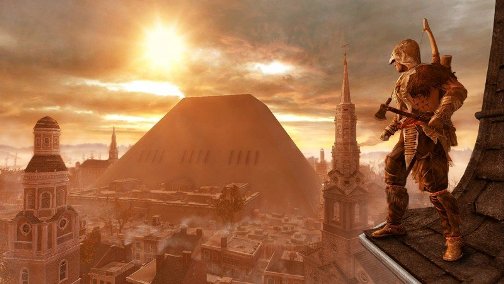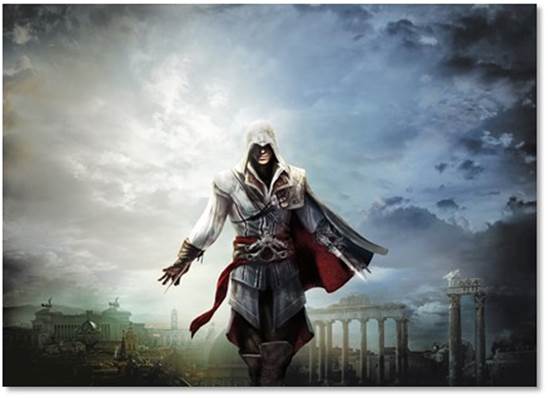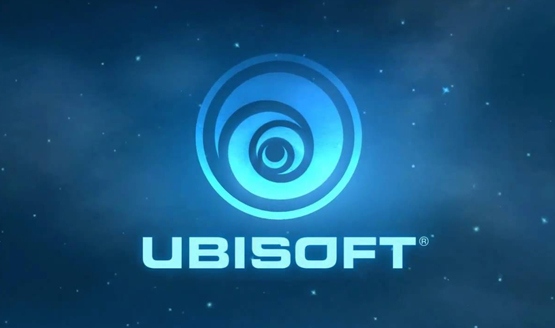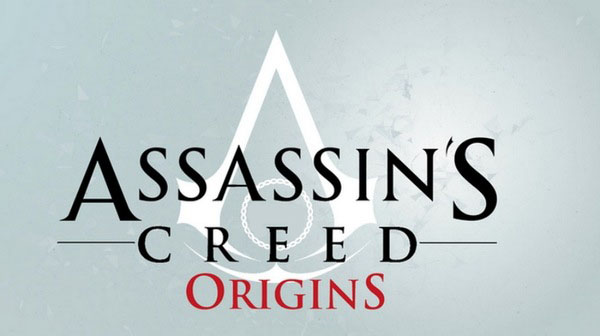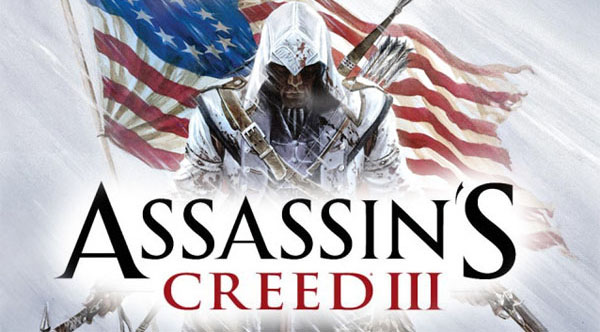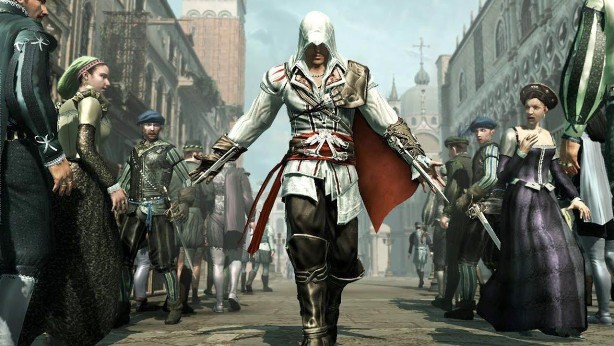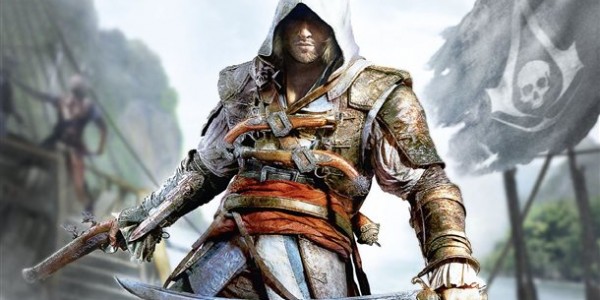
Call of Duty and FIFA aren’t the only annual franchise. Ubisoft has their own, and it’s called Assassin’s Creed. You may have heard of it.
Unlike the home console based Assassin’s Creeds we’ve seen so far, Ubi’s latest entry, titled Assassin’s Creed IV: Black Flag, is doing things a little differently. It’s a cross generation game, which means not only will be available on the usual suspects, but a souped up fancy pants version will launch alongside the Xbox One and PlayStation 4 later this year. Only happy with showing the best their game can offer, Ubisoft sat us down to demonstrate the PlayStation 4 build of Black Flag, a game boasting open waters, desert islands, jungle hijinx, and the biggest map the series has seen thus far.
Our live demo opened with one of the game’s writers playing as Edward Kenway, protagonist of Black Flag, and father of Haytham Kenway, a major character in Assassin’s Creed III. Starting in a fishing village, Kenway is on the hunt for an assassination contract, targets secondary to the main mission. Unlike core missions, which usually follow a set structure and must be triggered, contracts are persistent and stay open for as long as you like. You can, for example, continue playing the game with an open contract and spot your target further down the road, taking the time to divert from your course and kill them.
Kenway eventually spots his target, and so a chase begins. Unlike Assassin’s Creed III, which had a lot of ground and tree branch traversal, Black Flag will give players more opportunities to do good old fashioned rooftop parkour, something the development team feels is something fans love about the series, especially in Assassin’s Creed II. Catching up to his target, Kenway realises he’s lagged behind for too long, as the target has boarded his ship and is now setting sail for the ocean. Being a pirate with his own battalion of scum and villainy, Kenway naturally boards his own ship to pursue his contract across the waves, culminating in a ship-vs-ship battle. The entire sequence so far all happens in real time, dynamically, with no loading screens or breaks in the action, another big focus for the latest iteration.
Anybody familiar with Assassin’s Creed III‘s ship battles will feel right at home in Black Flag, as they play much the same, tasking the player with lining up cannons and letting loose volleys of steel death. Keeping with the pirate theme, Black Flag introduces ship boarding to the naval battles, which lets Kenway and co jump to neighbouring vessels for hand-to-hand battles. After conquering your opponent’s vessel the fate of its crew is in you hands, allowing you to execute or assimilate them into your own crew, or even send them on assignments as part of a larger meta-game.
In our demo, Kenway stumbles across a treasure map, a catalyst to show off some of the open world (open ocean?) exploration. The map shows the location of a treasure hidden deep inside some old temple ruins, of which the team would not elaborate on, leaving our questioning of whether or not these temples have anything to do with The Ones That Came Before unanswered. From what we saw this didn’t seem to be the case, but we were told Black Flag would continue plot threads and dwell in mythology from the past games, so we won’t know until we play the full game for ourselves.
Arriving at the treasure’s location Kenway discovers the ruins are packed with British soldiers, requiring Kenway stealth his way in to steal the goods. We’re told that Black Flag has an increased emphasis on stealth, though the combat and countering system from the latest entries remains largely the same. Finding the treasure nets Kenway a reward in the form of a blueprint part, the culmination of many leading unlockable equipment to better Kenway’s arsenal and we’re guessing his ship. Lastly, Kenway’s exploration of the ruin leads him to a sync viewpoint. Similar to the rest of the series, these locations grant greater map visibility, though in Black Flag also act as a fast travel point. We’re guessing this is a necessity given the far bigger map compared to its predecessors.
At first glance Assassin’s Creed IV: Black Flag might seem like yet another Assassin’s Creed game, but it doesn’t take long to see that Ubisoft does seem to be mixing up the formula quite a bit, if just for the game world. The latter point is probably the one big thing Black Flag is doing to breath life into the series, stripping away the loading screens and compartmentalised challenges and instead offering a far bigger, open, and dynamic game world. For some gamers out there, this could be the pirate simulator they’ve long been waiting for.
Assassin’s Creed IV: Black Flag hits Xbox 360, PlayStation 3, and Wii U in October of this year, while an Xbox One, PlayStation 4, and PC release will follow shortly after.
[youtube id=”yzdarWf6orA” width=”600″ height=”350″]



